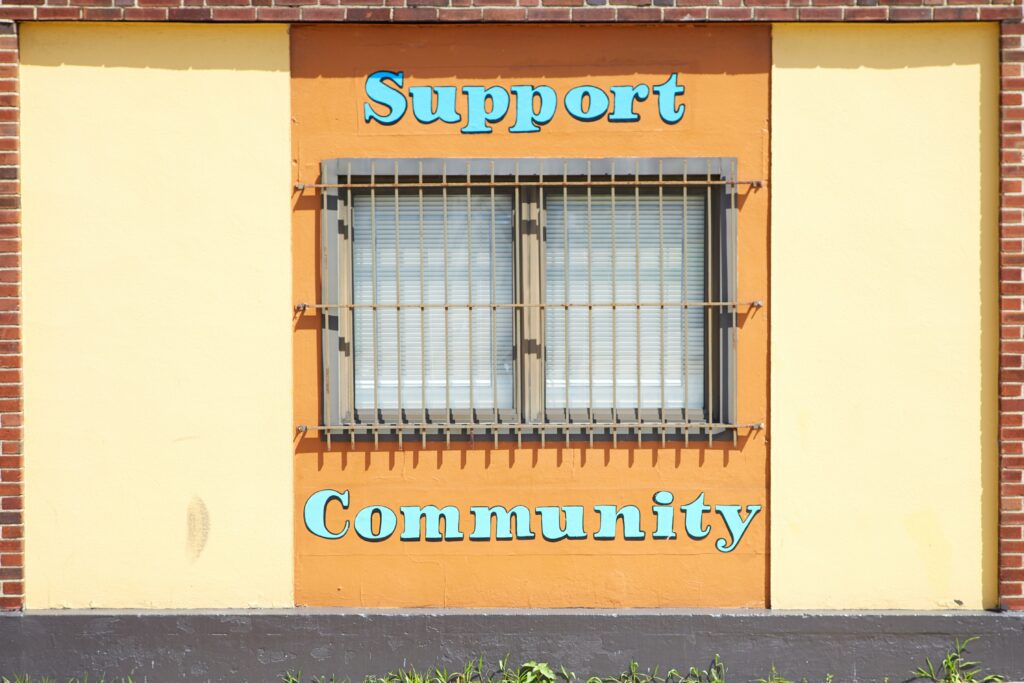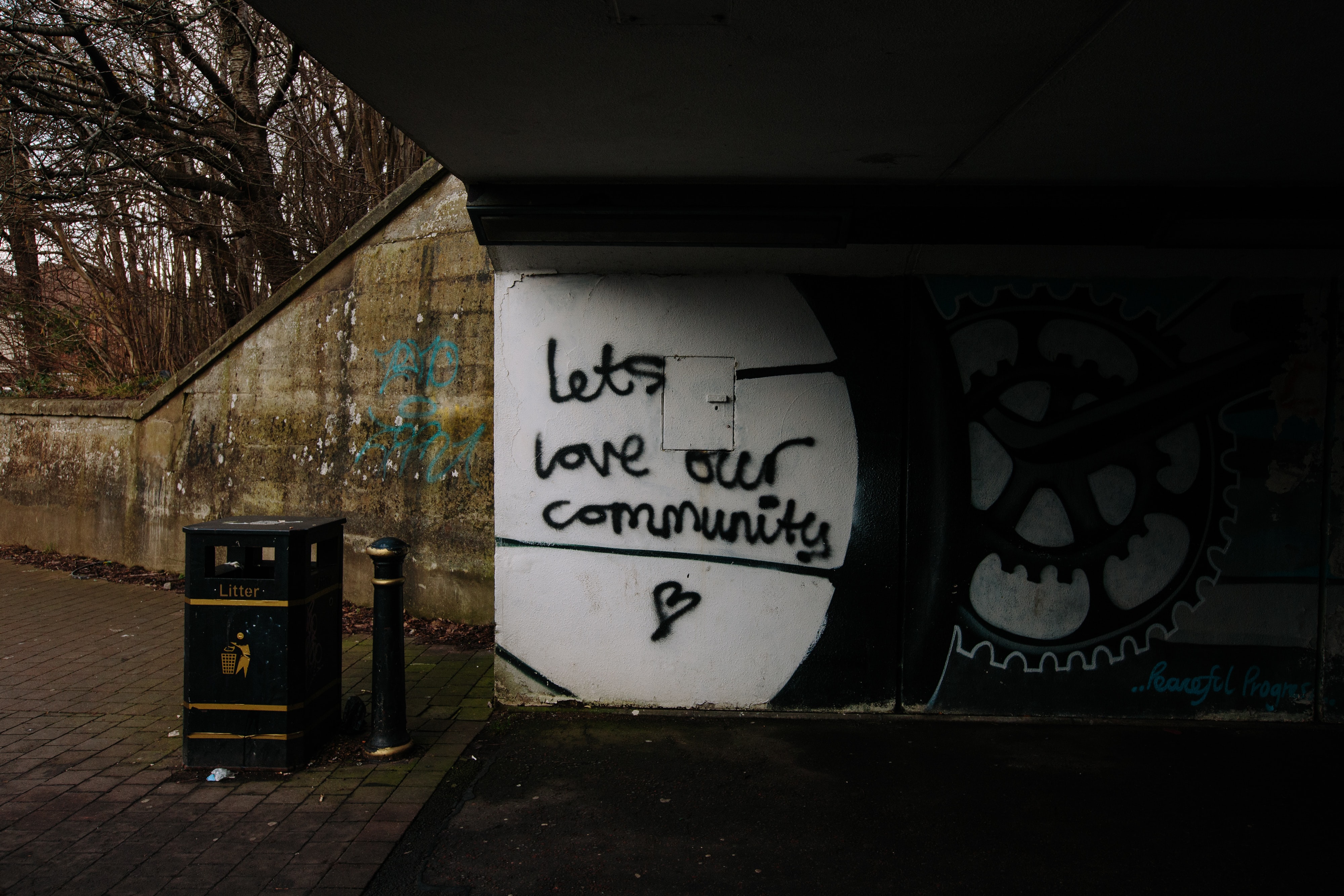Best Community Engagement Strategies in 2023

Ready to update your community engagement strategy for 2023?
As the dust settles after a very disruptive couple of years, it’s not surprising that we’re seeing some new trends emerge in community engagement (and some new twists on older trends).
After all, the world isn’t quite the same as it was just a few years ago — communities have changed, communication preferences have shifted, and there’s a whole host of new issues to focus on.
So, let’s take a look at some of the best community engagement strategies we’re seeing this year…
Engaging Communities on Social Media
Social media is hardly a new trend, but with new platforms and features emerging all the time, there’s always new ways to engage communities on social media.
General trends include brands working with micro-influencers (rather than big celebrity brands), and the importance of better tailoring your content for specific platforms (what works on one won’t work on others). AI-recommended content is increasingly prevalent across Facebook, Instagram, and TikTok — meanwhile, Twitter has begun to push a subscription model, but is proving hard for brands to predict.
Overall, we’ll likely see many organizations focus more heavily on one or two platforms that best fit their industry and community audience. And greater focus on quality conversations, community management, interaction, and timely responses.
Those conversations can be a valuable source for ideas and innovation — so if you’re not already, consider how you can capture and analyze the conversations your community members are having on social media.
Writing Better Emails
Once again, emails aren’t a new platform for engagement by any means, but if you pay attention, you may have noticed a shift in how organizations are using emails in their engagements.
According to litmus’ trends in email engagement, subscribers are spending less and less time on reading each email every year:
- 9 seconds in 2022
- 10 seconds in 2021
- 11.8 seconds in 2020
- 13.4 seconds in 2018
Email opens are also trending down, from 13.1 billion opens in 2021 to 12.1 billion opens in 2022.
Organizations need to design their emails more carefully than ever, with accurate, engaging subject lines — and well-structured email content that quickly captures the reader’s attention. Learn more about how to write engaging emails to stakeholders.
Conducting Hybrid Community Engagement

Many fields are seeing a return to offline or in-person activities that (during COVID-19) had been forced to go online. With many ways of working, shopping, learning, and interacting not returning to pre-pandemic states, many people are taking a hybrid approach and balancing both online and offline options.
The same trend can be seen in community engagement, with many organizations retaining the digital activities and communication methods rolled out during the pandemic, while re-introducing face-to-face meetings and events. Overall, hybrid community engagement is good news — more options make your consultation more accessible and increase the likelihood of people engaging.
This also ties nicely into the broader trend of omnichannel engagement. Increasingly, people want more choice and more convenience. They expect community engagement to happen on their terms and on their preferred platforms. To better meet this expectation in 2023, organizations should bring in a mix of traditional approaches (meetings, focus groups, events, mail, phone calls,) and digital approaches (email, SMS, social media, online surveys, video, forms).
Going Deeper On Stakeholder Analysis
Communities themselves won’t necessarily look or respond the same way they did before the pandemic.
During COVID-19, an estimated 1.6bn students were impacted by school closures, millions of jobs were lost, and inequalities were widened. And although 89% of Americans mentioned one or more negative changes in their lives, 73% of those surveyed had also experienced at least one positive change.
Changes to families, workplaces, demographics, industries, technology, attitudes, and much more… all mean that previous assumptions about a community’s needs, expectations, and preferences may no longer apply.
So, even if you’ve previously analyzed and mapped your community stakeholders, you should refresh and formalize this process in 2023. To get started, check out our detailed guides for stakeholder analysis and stakeholder mapping.
Hyper-Personalizing Your Engagements
The hyper-personalization trend in consumer marketing and customer experience is beginning to show up in community engagement, too.
With tools that enable organizations to capture and apply data in new ways, there’s more opportunities to tailor your engagements to individual stakeholders. In a modern community engagement tool like Simply Stakeholders, you can analyze your stakeholders, assign tags, and segment them into specific groups — all while keeping a full history of interactions to personalize future communications.
Engaging to Build Mutual Trust

Overall community trust is low in 2023 — not just with governments and organizations, but between community members themselves. Only 20% of people surveyed would be willing to live in the same neighborhood and someone who disagreed with their point of view — a tricky statistic for organizations that need to build community engagement and consensus.
That can make community engagement difficult, especially when you need to bring people together or collaborate on an outcome. If people don’t trust you or each other, you’ll find it hard to get real input and meaningful engagement – and you’ll likely meet with greater resistance.
There are many ways to build trust. An obvious one is to increase openness and transparency — share the facts, be available to answer questions, and don’t shy away from the truth (even when it doesn’t paint the rosiest picture). Another good approach is to demonstrate how you place trust in the community by giving them opportunities to be involved in what you’re doing. This can build mutual trust between community members and your organization — and also help to build social capital within the community and trust between community members themselves.
Embracing AI Analysis & Insights
AI seems to be the buzzword of the moment, but it’s important not to get swept along with the hype that’s come with ChatGPT.
Although we believe there’s a place for AI in community engagement, it might not have the massive, disruptive impact that so many people are predicting. At Simply Stakeholders, we’ve been using AI-enabled analysis for several years now, so we have seen firsthand the role it can play in enhancing community engagement tools. AI is great for supporting your existing activities and automating some manual tasks — like qualitative analysis, categorizing data, and predicting trends. But AI isn’t even close to replicating the core tasks involved in community engagement (like talking to people and engaging with them) or replacing community engagement professionals.
Showing Up Consistently
After a very disrupted couple of years, it feels like the dust is settling in 2023. And for your community stakeholders, they expect companies to settle into a more consistent level of engagement and communication.
So, adjust your community engagement strategy to reflect this:
- Create a schedule and stick to it!
- Don’t stop engaging after a project finishes, but remain in touch
- Hold onto stakeholder records that may prove valuable for future projects
- Continue to update your stakeholders on how your project went via reports, and show them how they impacted the outcome
- Aim to build long-term relationships that span multiple engagements
Learn More
Ready to upgrade your community engagement software so you can start to implement the latest community engagement strategies? Reach out to our team — we’d be happy to run you through a demo.
In the meantime, we’ve got some other resources you might find useful:
- Community Engagement: Definitions, Benefits & Examples
- Top 7 Trends for Stakeholder Management in 2023
- Strategies for Successful Community Engagement in Government
- Stakeholder Engagement Tips: The Dos and Don’ts
- Principles of Good Stakeholder Engagement






























